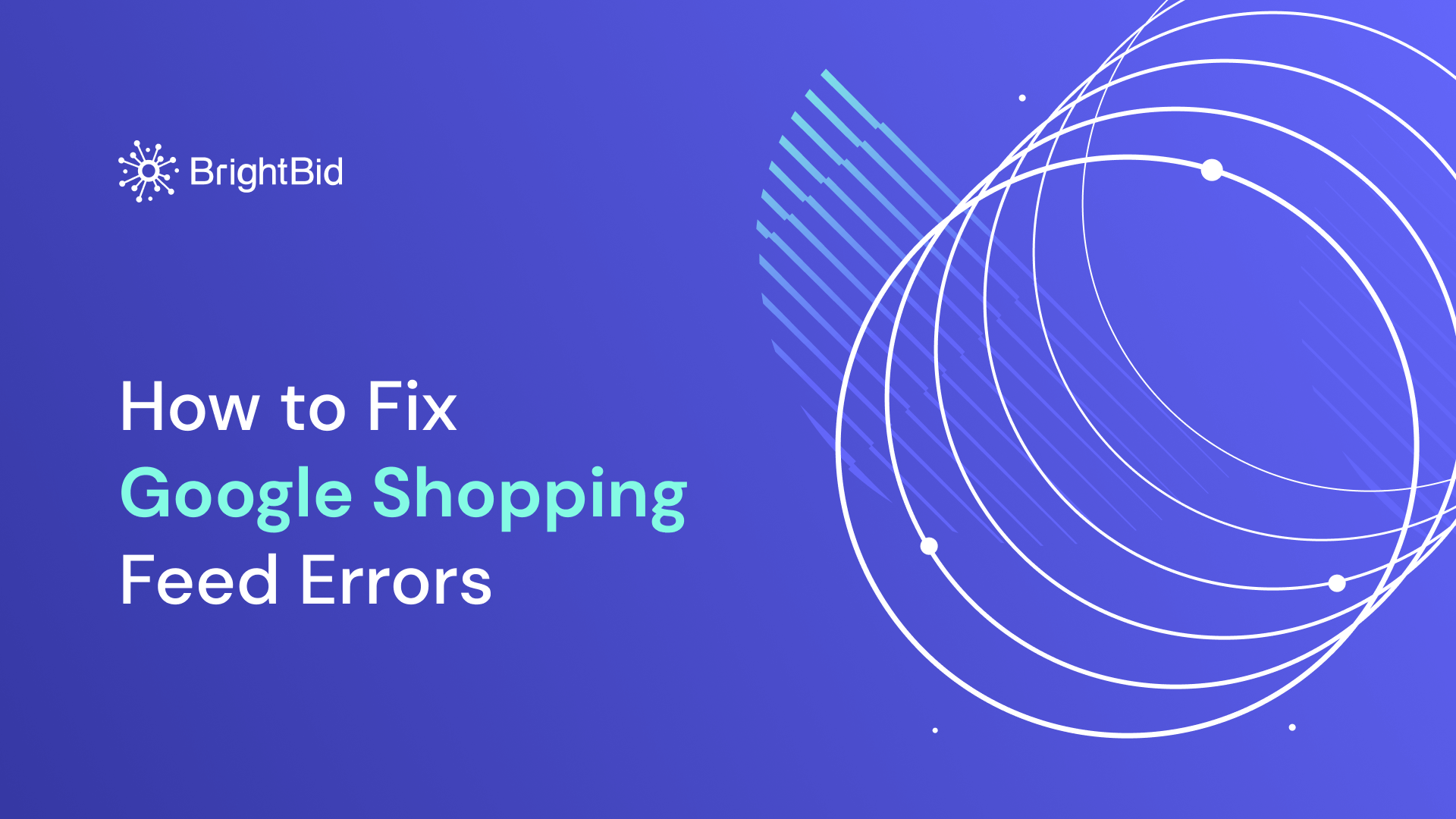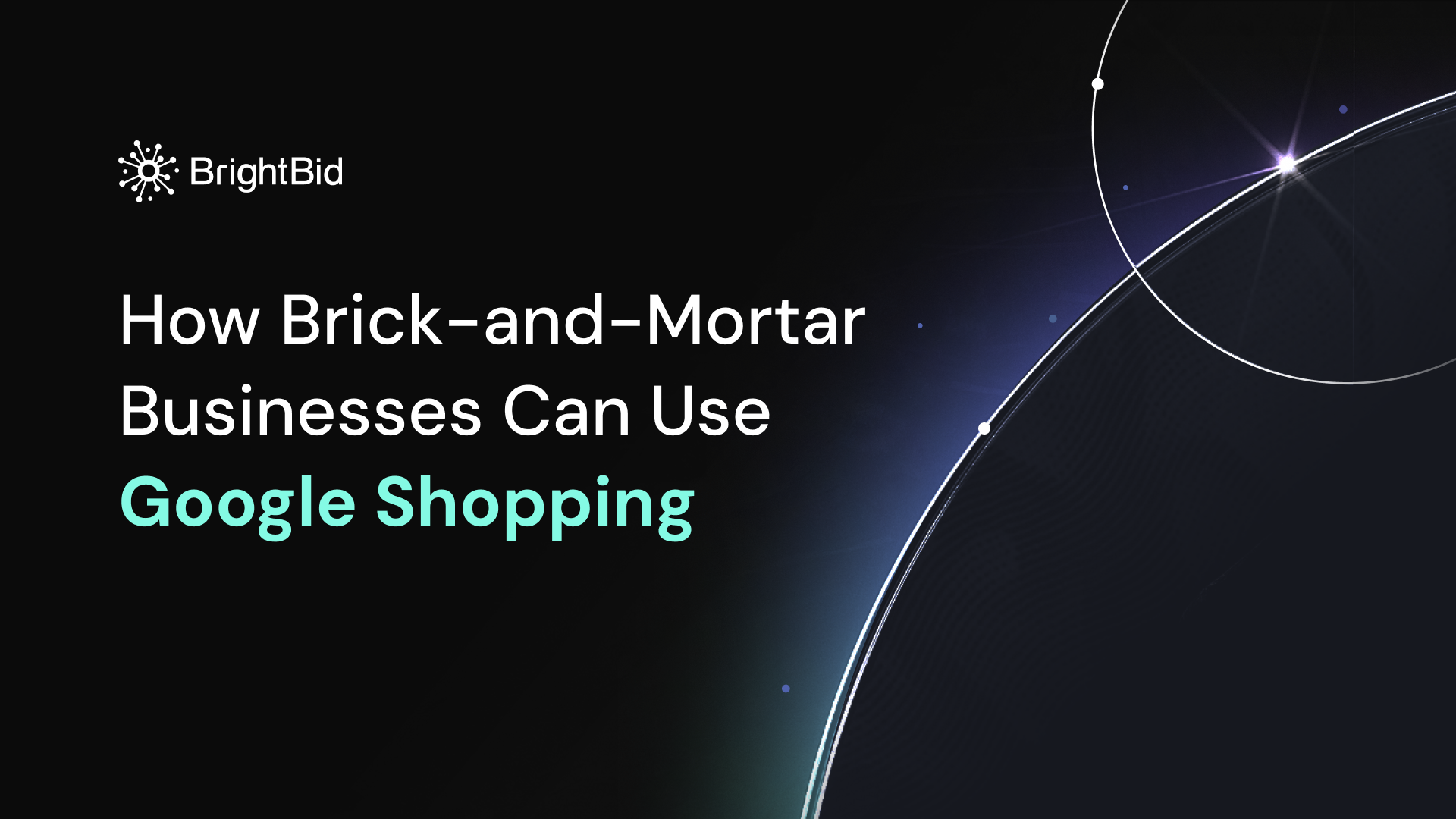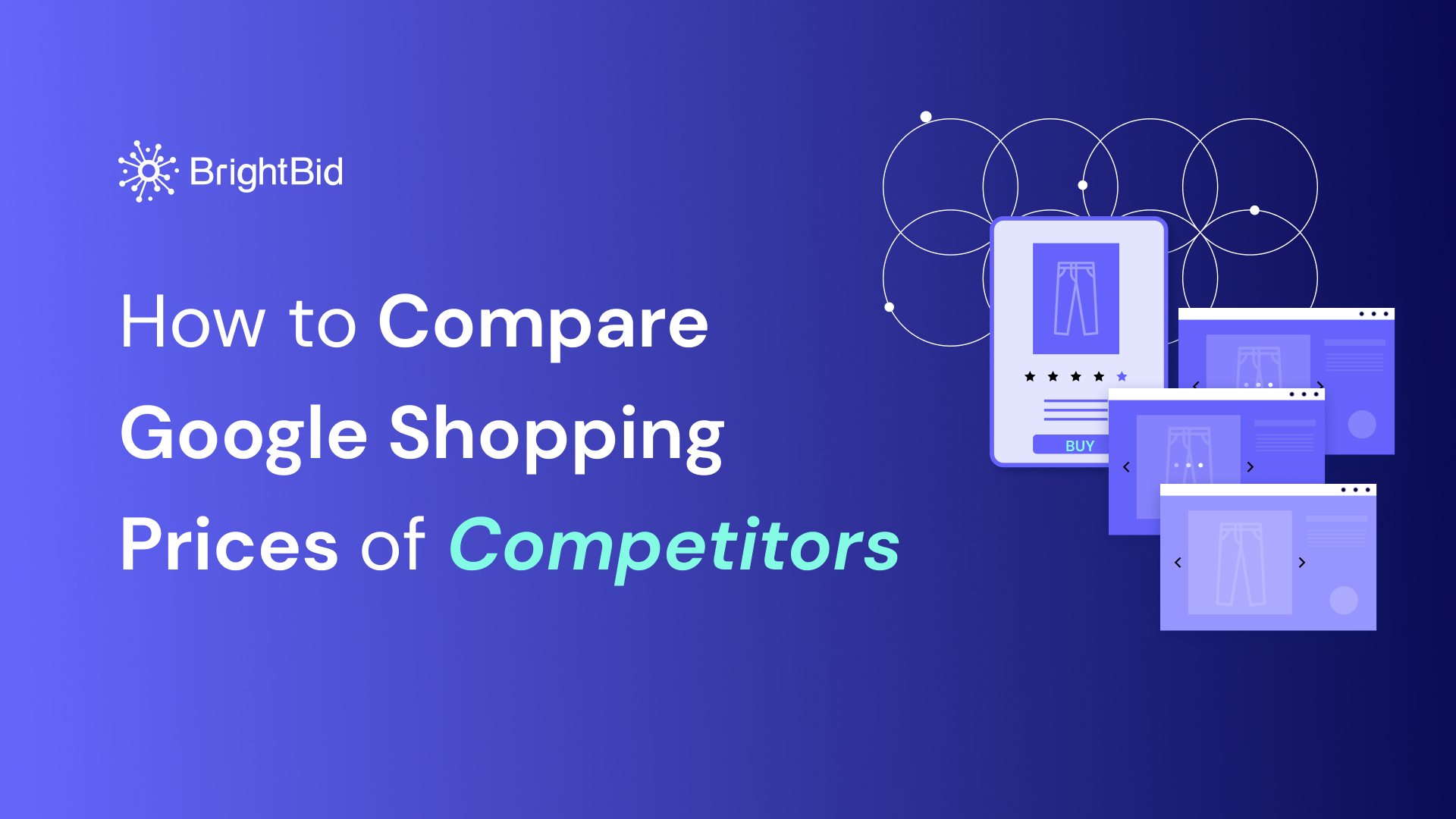How do merchants rank high on Google Shopping? Ever wonder why your Google Shopping ads aren’t getting the clicks and conversions you deserve? The way to a high Google Shopping ranking may seem like a maze sometimes. It might be due to inaccurate or incomplete product data. This guide will show you how to optimize your product feeds for maximum impact, along with strategies to outrank competitors and boost your Google Shopping performance.
Audit your ads for free
Table of Contents
Level Up Your Google Shopping Ads: The Power of a Perfect Product Feed
Imagine walking into a store with messy shelves, missing price tags, and cryptic product descriptions. Confusing, right? That’s exactly how potential customers feel when your Google Shopping product feed isn’t optimized.
Imagine a customer searching for “women’s running shoes.” If your ad displays men’s shoes or lacks key details like size or color, they’ll click away faster than you can say “lost sale.”
Your product feed is the foundation of your Google Shopping success. It’s a behind-the-scenes list (like a spreadsheet) that tells Google everything about the products you want to advertise. Think of it as a salesperson’s cheat sheet, packed with details to help them match the right customers with the perfect products.
So why is a well-optimized feed crucial? Two main reasons:
- Happy Customers, Happy Sales: Inaccurate information like mismatched prices, blurry photos, or broken links creates a frustrating experience for shoppers. They’ll click away faster than you can say “lost sale.” On the flip side, clear, concise descriptions and high-quality images build trust and encourage clicks. This translates to higher conversion rates (more website visitors turning into paying customers) and a better return on your ad spend (ROAS).
- Avoid Google Headaches: Missing essential details like your shipping policy or providing incorrect data can lead to warnings and penalties from Google. This can be a time-consuming hassle and in severe cases. Errors in shopping feeds could even get your accounts suspended. By keeping your feed up-to-date and accurate, you avoid unnecessary headaches and ensure your ads keep running smoothly.
Optimizing your feed is a simple yet powerful strategy. It involves ensuring all the required information is present, crafting clear and compelling product titles, and even including data on your product costs (SKU level). The more details you provide, the better Google understands your products and the more likely they are to connect them with the right audience.
Remember, you’re not just competing with other stores; you’re competing for a shopper’s attention. A well-optimized product feed is your secret weapon to standing out from the crowd, attracting the right customers, and ultimately boosting your sales.
Also, remember to segment your campaigns wisely. This can be done by analyzing search terms and identifying the most valuable and profitable ones. After dividing the terms into segments, create a well-structured campaign structure and utilize negative keywords across your product feeds to attract more traffic towards the most profitable products.
💡You can use different shopping feed options for Google shopping ad campaigns—if you want to learn more about those, read this article.
Audit your ads for free
Building Your Product Feed Arsenal
There are three main ways to create a product feed for Google Shopping:
- Manual Creation: Great for small businesses with a limited product catalog. You can directly input data on the Google Merchant Center or create a spreadsheet and upload it.
- Feed Management Tools: Ideal for larger catalogs. These tools connect to your e-commerce platform and automatically populate your feed with product data. Popular options include Shopify and WooCommerce extensions.
- Content API (for Tech-Savvy Users): This method allows advanced users to connect various applications (e.g., CMS, Google Analytics) to the Merchant Center for ultimate data flow control.
Pro Tip: Regardless of the method you choose, submit a complete feed at least once a month to ensure fresh, accurate data.
The Power of Product Feed Optimization
Imagine a customer searching for “women’s running shoes.” If your ad displays men’s shoes or lacks key details like size or color, they’ll click away faster than you can say “lost sale.” But don’t worry, there’s a solution: product feed optimization.
By providing accurate and detailed product information, you create a win-win situation:
- Improved user experience: Happy shoppers find exactly what they’re looking for.
- Higher ad relevance: Your ads appear for relevant searches, boosting clicks.
- Better conversion rates: Clear and enticing ads convert clicks into sales.
- Higher Google Ranking: Google rewards well-optimized feeds with better ad positions.
Building a Stellar Product Feed
There are three main ways to create a product feed for Google Shopping:
- Manual Creation: Ideal for small businesses with limited product catalogs. You can directly input data on the Google Merchant Center or create a spreadsheet and upload it.
- Feed Management Tools: Perfect for larger catalogs. These tools connect to your e-commerce platform and automatically populate your feed with product data. E-commerce platforms like Adobe Commerce, Shopify, WooCommerce, BigCommerce, etc, offer extensions and applications (both free and paid) that act as intermediaries and transfer your product data from their listing to the Google Merchant Center.
- Content API (for Tech-Savvy Users): This method allows advanced users to connect various applications to the Merchant Center for ultimate data flow control.
Pro Tip: Regardless of the method you choose, submit a complete feed at least once a month to ensure fresh, accurate data.
Also, read this blog for more details on how to create a Google Shopping feed.
Crafting Compelling Product Listings
Now that you have your feed creation method down, let’s focus on optimizing your product listings for maximum impact. Here’s what to include:
- Compelling Product Titles: Include relevant keywords but avoid promotional text.
- Good: “Women’s Running Shoes – Breathable Mesh, Ultra-Lightweight”
- Bad: “Best Running Shoes Ever! 50% Off – Limited Time!”
- Detailed Descriptions: Highlight key features and benefits that resonate with your target audience.
- High-Quality Images: Showcase your products from multiple angles with clear, professional photos.
Embrace the Power of Automation
Once your product feeds are in top shape, explore how automation can streamline your Google Shopping routine and boost performance. Here are some tasks that can be automated:
- Feed Updates: Schedule regular updates to ensure your feed reflects any product changes.
- Bid Adjustments: Use automated bidding tools to optimize your bids based on real-time performance data.
Bonus Tip: Consider tools like BrightBid or Google Performance Max to automate tasks and leverage AI for smarter bidding strategies.
Beyond the Feed: Additional Ranking Strategies
While a well-optimized product feed is crucial, it’s just the first step. To truly stand out in search results, we need to delve deeper. Testing additional ranking strategies that can elevate your product placement and drive sales is a must. Here are the techniques you should consider trying:
- Segment Campaigns: Prioritize products based on performance and objectives for more effective bidding.
- Optimize Bidding Based on Product Groups: Increase bids for high-selling products and reduce bids for low performers.
- Leverage Manufacturer Prices: Use competitor pricing data to inform your own strategy.
- Utilize Google Special Offers: Highlight promotions and discounts to attract shoppers.
- Optimize for Mobile: Ensure a smooth user experience on mobile devices.
- Add Product Ratings: Display customer reviews to build trust and improve ad rank.
Case Study: AI Optimization of Product Listing Enables Bookstore to Boost Sales by 354%
The independent bookstore market is fiercely competitive, and standing out online can be a challenge. Campusbokhandeln, a well-established Swedish retailer specializing in academic and used books, knew this struggle all too well. They faced the common hurdle of many e-commerce businesses: how to maximize their Google Shopping presence amidst a vast online sea of competitors.
The Challenge: Optimizing Product Feeds for Success
Campusbokhandeln wasn’t looking for help writing catchy ad copy; they sought a strategic approach to make their extensive book selection shine on Google Shopping. Their main goals were:
- Effective product listing optimization to increase product visibility.
- Improved return on ad spend (ROAS) to maximize their advertising budget.
- Enhanced overall digital marketing performance for a stronger online presence.
Recognizing the unique needs of the bookstore industry, BrightBid, a company specializing in AI-powered marketing solutions, stepped in to help.
The Solution: AI-Powered Product Feed Optimization
Knowing that a one-size-fits-all approach wouldn’t suffice, BrightBid started by partnering with Campusbokhandeln in September 2020. The first step? Optimizing product listings. This laid the groundwork for effective bidding strategies.
Here’s how AI played a key role:
- Bidbrain, BrightBid’s AI engine for Google Shopping, leveraged machine learning and product activation algorithms. It analyzed vast amounts of data to identify actionable insights and create new Google Shopping strategies tailored to Campusbokhandeln’s needs.
- Bidbrain then optimized bids for each product, ensuring maximum visibility and ROAS.
Beyond optimization, BrightBid also provided Campusbokhandeln with valuable data and consumer insights. This information allowed them to:
- Identify emerging trends in the book market.
- Refine their product offerings to better meet customer needs.
- Make data-driven decisions about their marketing approach.
The Results: A 354.7% Conversion Value Increase in Just 2 Months
The impact was undeniable. By optimizing product feeds and leveraging AI-powered bidding, Campusbokhandeln achieved significant improvements:
- Higher conversion rate: More website visitors turned into paying customers.
- Reduced ad spend: They achieved their goals with a more efficient budget.
- Improved profitability: Increased sales coupled with reduced spend led to a healthier bottom line.
The most impressive result? A staggering 354.7% increase in conversion value within just two months of using BrightBid’s AI engine.
A Long-Term Partnership for Continued Success
The success story didn’t end there. Over the next two years, Campusbokhandeln continued to see improvements with BrightBid’s AI solution. By the last 6 months of 2023, they had achieved:
- 134% increase in online conversions
- 192% increase in conversion value
This case study demonstrates the power of AI-powered product feed optimization in Google Shopping. By focusing on optimizing product information and leveraging data-driven insights, Campusbokhandeln transformed its online presence, proving that even in a competitive market, independent bookstores can thrive with the right strategies.
Conquer Google Shopping Ranking: Master Feeds, Automate Tasks, and Watch Sales Soar!
By prioritizing accurate product data, mastering feed management, and implementing automation strategies, you’ll be well on your way to conquering Google Shopping. Remember, happy shoppers and thriving ads are just a well-optimized product feed away. Now get out there and start optimizing!






